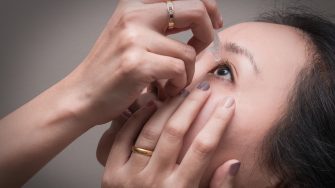Dry Eye Research and Treatment Reaches New Heights Through UNSW
Dry eye syndrome has always been a detriment to the majority of the world’s population—anywhere from 5 to 50% of people around the globe, according to the DEWS II report—and is responsible for symptoms that range from mild irritation to a harsh burning that necessitates a visit to the Optometrist.

